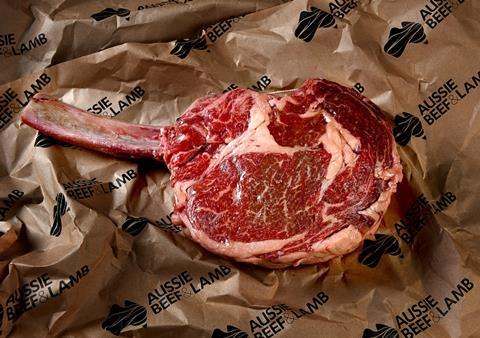
Fears over the UK market being flooded with Australian beef and lamb have been overstated in the first year since the start of the controversial free trade agreement on 1 June 2023, according to Meat & Livestock Australia (MLA).
Australia used just 13% of its tariff-free beef quota during the first year of the agreement, with the levy board expecting to stay well within its allowance in the years ahead.
New figures presented by MLA at a dinner to mark one year since the UK-Australia Free Trade Agreement went live revealed that imports of beef and veal into the UK increased more than fourfold to 4,265 tonnes.
Imports of chilled grain-fed beef, which MLA hoped would give it a competitive advantage as the premium product is not available in the country in large amounts, jumped from 680 tonnes in the year leading up to the start of the FTA to 1,811 tonnes in the 12 months to May 2024. Chilled grass-fed, where Australia ‘plugs gaps’ in seasonal UK production, also surged from 62 tonnes to 2,212.
Australian sheepmeat exports continued to grow for the duration of the first year of the trade agreement, taking the total imports to just more than 16,000 tonnes. Growth has persisted across all categories of chilled and frozen lamb and mutton, with total exports to the UK from Australia increasing by 85% since the deal came into force.
However, MLA, which trades under the Aussie Beef & Lamb name in the UK, stressed the UK was still “a very small market” for Australian exports, accounting for only about 2% of the total red meat traded globally from Australia each year.
The levy board wants to continue to chip away at the 400,000 tonnes of beef and 80,000 tonnes of sheepmeat already imported into the UK from other countries each year.
MLA business manager Stephen Edwards said at dinner hosted at Jeru, a partner restaurant in London’s Mayfair, that Aussie Beef & Lamb would continue to build awareness and preference for Australian meat in all countries it works in across the globe.
“There is a lot of imported product coming into the UK already and what we’d like people to do is preference us over Brazil or Argentina or Ireland,” he added.
“[The FTA] was quite contentious in a lot of ways,” Edwards said. “[There was] a lot of scaremongering about Australia flooding the market with beef and lamb, with cheap product putting British farmers out of business. It just hasn’t happened. This is a very small market for us. It’s a good market because it’s a high-value market and we want to grow that. But it will grow slowly over many years.”
Imports of Australian meat have mostly been targeted at the foodservice industry during the first year of the FTA, but Asda and Farmfoods stock lamb from the country, while Costco sells beef, Tesco-owned Booker lists both and Harrods sells high-end wagyu.
“We do hope to make headway with retail in 2025 as we continue to educate retailers about the high levels of sustainability, and the strict food safety and animal welfare standards our farmers have to meet,” Edwards said.
The trade deal between the UK and Australia has proved highly controversial since then prime minister Boris Johnson negotiated an agreement in 2021.
The NFU has been highly critical of the deal and the protection provided to UK farmers, while former environment secretary George Eustice called the agreement a “failure”.
Green groups have also argued that Australian meat and dairy products lowered standards and had a greater environmental impact.
NFU president Tom Bradshaw told The Grocer this week: “The NFU’s concern with the Australian FTA was that it set a precedent for trade liberalisation that others would seek to follow – as we saw with New Zealand.
“While the figures show imports are well below quotas, it’s the cumulative, long-term impact of more trade deals like these that could threaten our domestic market.
“With a new government in place, it’s important the impact of trade deals on homegrown food production is carefully considered and we look forward to seeing the trade strategy promised in the Labour manifesto. Such a strategy is long overdue and will be vital if we are to ensure that UK businesses are competing on a level playing field, as well as opening up new markets to sell great British produce abroad.”
Edwards added the MLA was “very much where we would like to be” one year into the FTA.
“The UK needs to import around 30% of its red meat each year, and we’re making headway with servicing a small percentage of that import need, competing with products from Ireland, Argentina, Poland and France, which continue to supply much larger quantities than Australia does. Globally, the UK is still a relatively small market for us, with the majority of our products heading for the US, Japan and the Middle East.
“To put it into context, we export around 269,000 tonnes to North America each year.”
He said grain-fed beef was growing in traction in the UK as “a more highly marbled type of beef with excellent taste and tenderness”, with brisket, silverside and topside proving popular with the UK audience.
“And Brits certainly love a leg of lamb, which accounts for 80% of all chilled lamb imports from Australia, demonstrating how imports are driven by seasonality in British production, with November being the top month for lamb imports of this nature.”


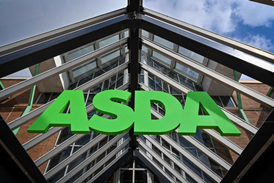

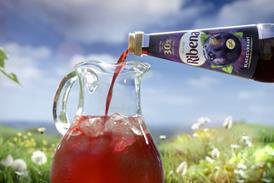


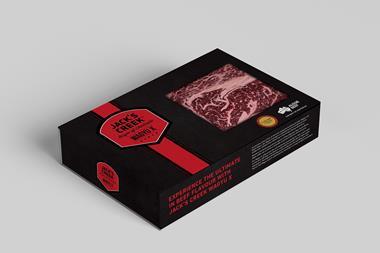
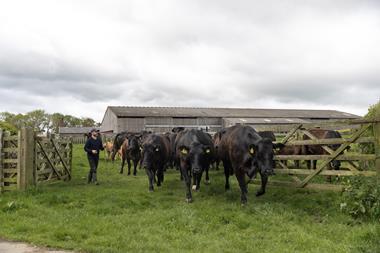
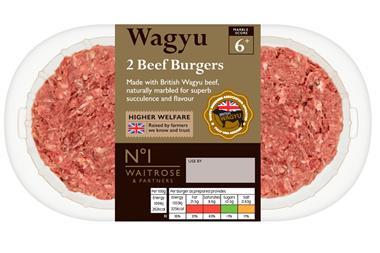




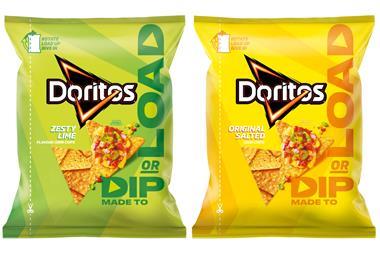























No comments yet